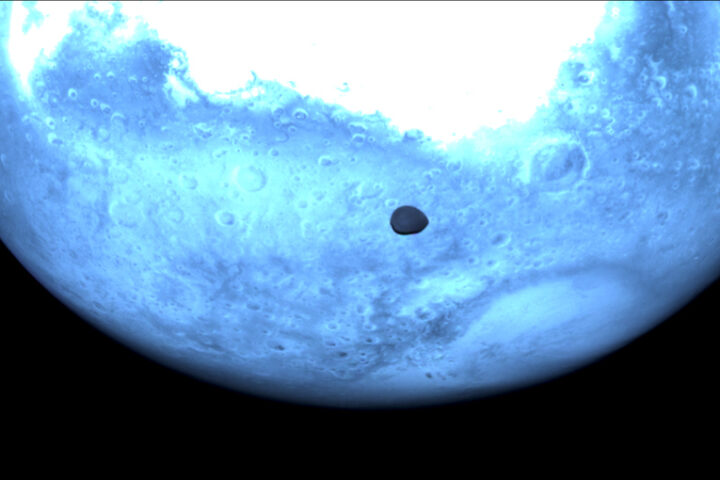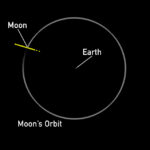NASA’s Space Launch System (SLS) mega-rocket, following its successful first mission, seems ready for its next challenge – launching astronauts. On November 16th, the SLS completed its inaugural flight, launching the Artemis 1 mission, a 25-day journey that sent an uncrewed Orion capsule to lunar orbit and back, securing the title of the most powerful rocket to ever launch successfully, surpassing NASA’s Saturn V. NASA’s November 30th analysis of SLS’ Artemis 1 performance was highly positive, stating that the rocket performed as expected in all areas. Further analysis by mission team members has only confirmed these results, indicating that no significant modifications will be necessary before the first crewed SLS launch.
The results of the post-flight analysis have been overwhelmingly positive for NASA’s Space Launch System (SLS) mega-rocket, suggesting that it is fully prepared for a crewed mission on Artemis 2. In a recent update on January 27th, NASA officials stated that all systems performed exceptionally and that the designs are ready to support a crewed flight. The SLS team will continue to review data and compile final reports. If all goes according to plan, Artemis 2 will take NASA astronauts on a 10-day mission around the moon in 2024.
It’s worth noting that the above conclusions are not the final verdict on the rocket’s performance and potential. The SLS team analyzed an immense amount of data to arrive at these results, including 31 terabytes of imagery data collected by cameras on the ground, rocket, and in the air during liftoff – more information than what’s contained in the U.S. Library of Congress in print.
Beth St. Peter, the SLS imagery integration lead, highlighted the crucial role of imagery data in assessing the performance of the Artemis 1 rocket during the January 27th update. The data captured from various views, including the separation of the solid rocket boosters and the interim cryogenic propulsion stage (ICPS), allowed for a thorough evaluation of the SLS from liftoff to ascent and separation events.
The Artemis 1 mission was powered by a single RL-10 engine in the ICPS, the upper stage of the SLS, and four RS-25 engines in the rocket’s core stage, left over from the space shuttle era. Two solid rocket boosters were also attached to the core stage, producing a massive 8.8 million pounds of thrust at liftoff. All of this hardware performed remarkably well on November 16th, with NASA officials reporting that the RS-25 thrust levels were within 0.5% of expected values and the fuel-to-oxidizer ratio was also as predicted.
Furthermore, the SLS core stage successfully inserted the ICPS and Orion into an initial orbit that took the duo to a distance of 972.1 miles (1,564.4 kilometers) from Earth and as close as 16 miles (25.7 km).
According to NASA’s update, the insert of the ICPS and Orion into an initial orbit was only 2.9 miles (4.7 km) short of the target bullseye at 975 miles (1,569.1 km) by 16 miles and still within acceptable range.
The successful launch of Artemis 1 marks only the start for the SLS and Orion, as NASA envisions the hardware as crucial for establishing a permanent human presence on and around the moon by the end of the decade, as part of the Artemis program.
Other components, such as SpaceX’s Starship vehicle as the first crewed lunar lander and the moon-orbiting space station named Gateway, will also play a significant role in the Artemis program. If everything goes according to plan with Artemis 2, astronauts are set to land near the lunar south pole in 2025 or around that time with Artemis 3.

















